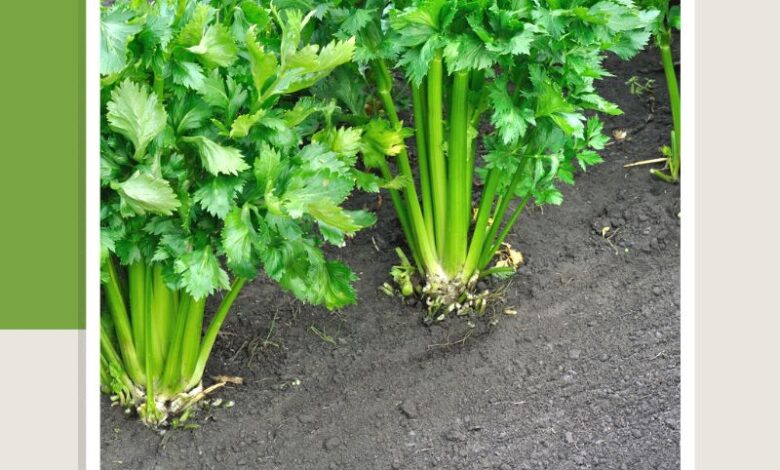Is Planting Celery An Act Of Insanity?

[ad_1]
When it comes to vegetable gardening, sometimes I question my sanity. I claim to grow my own veggies because they taste better and are less expensive than store-bought. Yet more years than not, I find myself failing when it comes to growing celery in the garden. Why do I keep trying, when I know my chances of success are so low?
Is Planting Celery a Crazy Idea?
I suppose all gardeners have nemesis veggie plants. You know, the types that don’t seem to thrive no matter what we do. It could be the plants aren’t well-suited to the climate, or the environment in the garden doesn’t meet their needs. Yet, I don’t feel this is the case when I grow celery at home.
I really think this fickle crop just likes to mess with me. Why? Because growing celery in the garden is what I like to call a feast or famine crop. Either I end up with more celery than I can possibly use or I have none. And I have yet to figure out why.
Starting Celery Seedlings Indoors
I do know growing celery from seed is more challenging than other garden veggies, like tomatoes or peppers. For one thing, celery seed requires sunlight to germinate. The seeds must be sown on top of the starting mix and kept moist. It’s also not uncommon for celery to take up to 18 days to germinate.
In addition, celery was originally a marsh plant with easy access to water. It doesn’t produce strong roots which hold up well to transplanting. Thus, it’s best to start celery seedlings in individual pots or cells.
I also know that outdoor weather conditions have a lot to do with my success or failure when I grow celery at home. Celery is easily stressed during dry weather. When this happens, the stalks become pithy and hollow. Excessive heat can also prevent the plant from developing wide stems.
Why I Grow Celery at Home
Even though I know celery has special growing requirements, I’m not always sure why this crop fails. It’s one of those mysteries which makes me wonder why I keep planting celery? After all, it’s neither expensive to purchase in the grocery, nor is homegrown celery better-tasting.
In fact, in order to produce the mild flavor found in store-bought celery, homegrown must be blanched. This can be done by piling dirt or grass clippings around the base of the plant or wrapping it to prevent light from reaching the stalks. Without blanching, my celery in the garden is a bit strong to eat fresh.
Additionally, celery doesn’t not have a long shelf life, nor is it easily preserved. There is no huge economical advantage to planting celery in the summer as it doesn’t provide me with celery throughout the winter.
So, I guess the real reason I grow celery in the garden year after year is that I enjoy the challenge. Unlike many of the other veggies I grow, I’m never really assured of a positive outcome when planting celery. And with more failures than successes under my belt, harvesting tender stalks of richly-flavored celery is always a special treat.
[ad_2]
Source link






